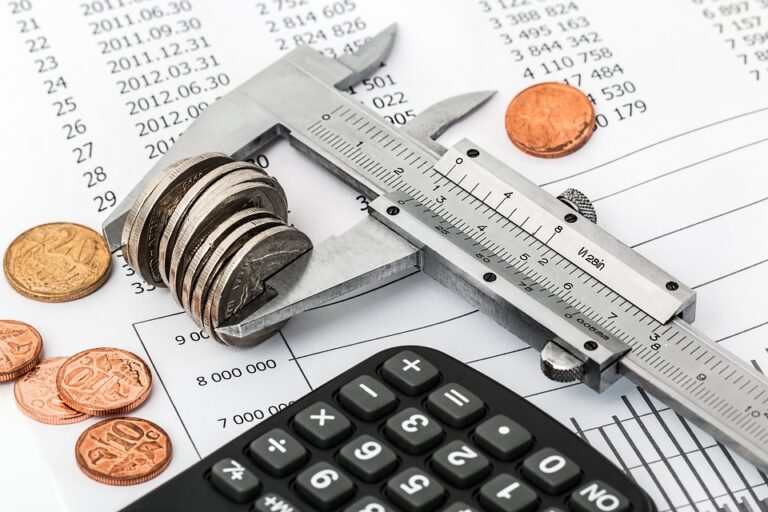Last updated Mar. 28, 2025 by Charles Zemub
Maintaining a home can feel like an overwhelming task at times, especially when unexpected repairs crop up due to neglect or unforeseen issues. However, many expensive home repairs can be avoided with regular preventative maintenance. Taking the time to conduct routine maintenance not only ensures that your home stays in optimal condition but also extends the lifespan of various components, saving you money and stress in the long run. Here’s how you can avoid costly home repairs with preventative maintenance.
Understanding the Importance of Preventative Maintenance
Preventative maintenance involves regularly checking and servicing various aspects of your home to prevent problems from becoming significant issues. It covers everything from HVAC systems and plumbing to your roof and appliances. Regular maintenance keeps everything running smoothly and allows you to catch small problems before they become big.
Financial Benefits
The financial impact of regular maintenance can’t be overstated. Home repairs can be expensive, particularly when severe issues are involved. By staying on top of maintenance tasks, you can save significant amounts of money by avoiding major repairs or replacements.
Improved Safety
Neglecting maintenance can sometimes lead to dangerous situations, such as electrical fires or severe water damage, which can compromise the safety of your home. Regular inspections and maintenance ensure that everything operates as it should, which in turn protects you and your family.
Increased Home Value
Well-maintained homes retain their value better than those that are neglected. Whether you’re planning to sell in the near future or further down the line, prospective buyers will appreciate a home that’s been cared for, potentially boosting your property’s value.
Key Areas for Preventative Maintenance
1. HVAC Systems
Heating, ventilation, and air conditioning systems are crucial to maintaining a comfortable living environment. Regular maintenance includes changing air filters every 1-3 months and scheduling annual professional inspections. Keeping your HVAC system clean and properly maintained improves efficiency and helps to prevent significant breakdowns.
2. Plumbing
Plumbing issues like leaks and blockages can be costly to repair. Regularly inspect under sinks, around toilets, and other plumbing fixtures for leaks. Address drips immediately as they can lead to more severe water damage over time. Also, consider scheduling regular inspections for your water heater and sewage system to prevent unexpected problems.
3. Roof and Gutters
Your roof is your home’s first line of defense against the elements. Inspect it regularly for missing shingles or tiles and potential leaks. Clean gutters twice a year to prevent water damage and ensure proper drainage. Addressing minor issues promptly can prevent the need for significant roof repairs or replacement.
4. Electrical Systems
Ensure that all your home’s electrical components, from lights to appliances, are operating correctly. Replace any faulty wiring immediately to prevent possible fires. Hire a professional to conduct an inspection if you’re uncertain or notice unusual signs like flickering lights or scorched outlets.
5. Appliances
Regularly cleaning and servicing home appliances can extend their lifespan. For example, clean refrigerator coils and dryer vents to ensure they operate efficiently. Regular maintenance reduces the likelihood of appliance failures and the need for expensive replacements.
6. Exterior Maintenance
Inspect your home’s exterior for signs of wear and tear, including cracks, peeling paint, or gaps in windows and doors. Repainting, sealing cracks, and replacing old caulking can prevent water infiltration and maintain the home’s insulation, keeping energy costs down.
7. Pest Control
Implement preventative pest control measures, especially in areas prone to infestations. Sealing entry points, maintaining clear barriers from vegetation, and regular inspections can help prevent pests from causing significant damage to your home.
Scheduling and Organizing Maintenance Tasks
Create a Maintenance Schedule
Organizing your maintenance tasks into a schedule makes them more manageable. Divide tasks into monthly, seasonal, and annual checklists to ensure all areas are covered. Adhering to a schedule reduces the risk of forgetting essential maintenance tasks.
Use Technology
Consider using home maintenance apps to track tasks, receive reminders, and store valuable information about your home systems and appliances. These tools can simplify the management of home maintenance and ensure you stay on top of essential tasks.
Professional Inspections
While many maintenance tasks can be performed by homeowners, some require a professional’s touch. Schedule annual inspections for critical systems like HVAC, plumbing, and electrical components. Professionals can identify issues that may not be visible to the untrained eye and provide services that keep systems running efficiently.
Engaging in DIY Efforts Vs. Hiring Professionals
Many preventative maintenance tasks can be completed by homeowners, but knowing when to call in a professional is critical. Tasks such as changing air filters or cleaning gutters can often be done DIY, while more complex issues like electrical work or HVAC system repairs should be handled by qualified professionals to avoid accidents and ensure the work is done correctly.
When to DIY: Small repairs such as fixing a leaking faucet, caulking windows, or cleaning dryer vents.
When to Hire a Professional: Extensive electrical work, major plumbing issues, and HVAC maintenance.
Conclusion
Preventative maintenance is not only a practical approach but an economically wise one as well. By committing to regular upkeep and addressing minor issues promptly, you can avoid the larger and more expensive repairs that often arise from neglect. Remember, a well-maintained home offers peace of mind, comfort, and long-term savings.
✓ Short Answer
Preventative maintenance involves regular checks and servicing of your home’s systems to avoid costly repairs. Key areas include HVAC, plumbing, roof, electrical systems, and appliances. By creating a maintenance schedule and knowing when to tackle issues yourself versus hiring professionals, you can ensure your home remains in optimal condition while reducing unexpected expenses.
FAQs
Q: How often should I inspect my roof?
A: It’s recommended to inspect your roof at least twice a year, in spring and fall, or after major storms to catch any damage early.
Q: What are common signs of plumbing issues?
A: Leaking faucets, unusual noises, low water pressure, and high utility bills can indicate plumbing problems that need addressing.
Q: Why is HVAC maintenance important?
A: Regular HVAC maintenance ensures efficient performance, lower energy bills, and prevents expensive breakdowns during peak usage periods.
Q: Can preventative maintenance impact my home insurance?
A: Yes, regular maintenance can reduce claims and potentially lower premiums, as insurance companies view homes with fewer repairs and risks positively.
Q: What should I do if I notice flickering lights in my home?
A: Flickering lights could indicate an electrical problem. Check light bulbs first, and if the issue persists, consult a licensed electrician to avoid safety hazards.



